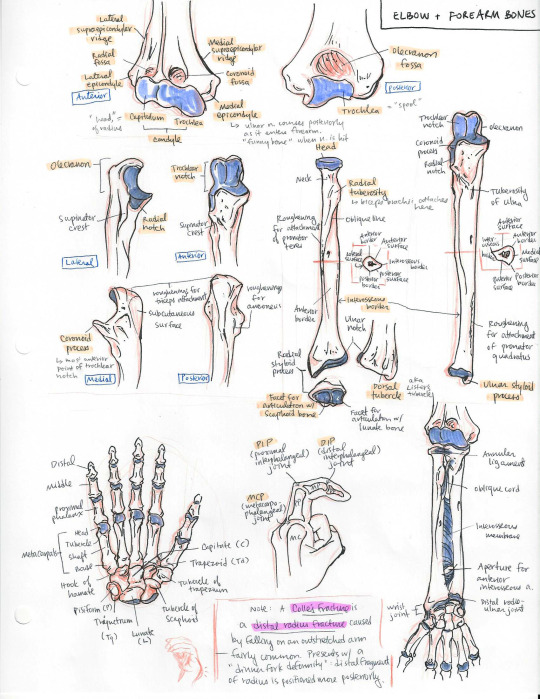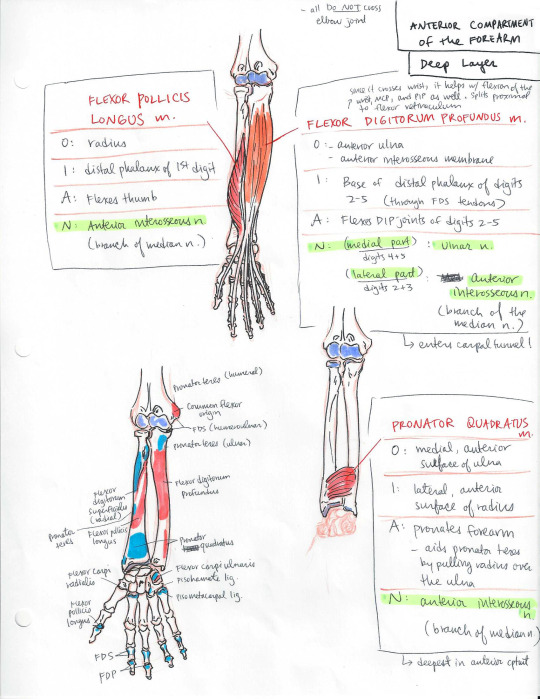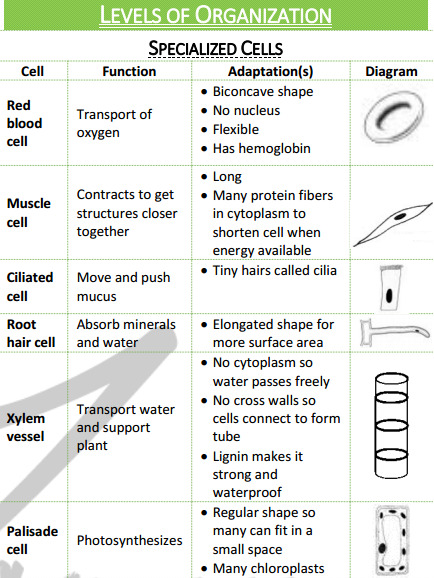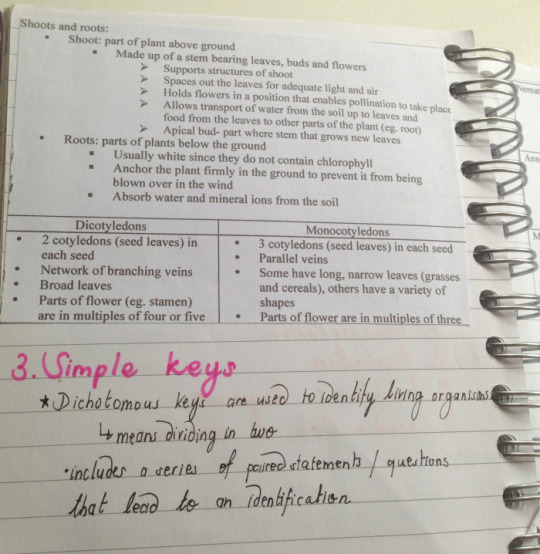" You can't spell sexy without xy. " Biology Revision Blog.
Don't wanna be here? Send us removal request.
Photo

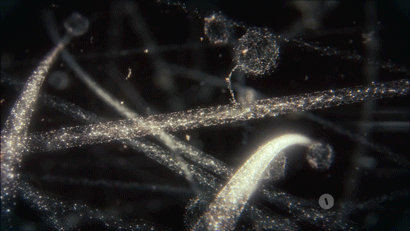
Your body is an incredibly bizarre machine.
“What you see is a myosin protein dragging an endorphin along a filament to the inner part of the brain’s parietal cortex which creates happiness. Happiness. You’re looking at happiness.”
572K notes
·
View notes
Text
Making Penicillin
Penicillin: an antibiotic produced by a fungus called penicillium.
Stainless steel fermentation vessel is filled with medium containing sugars and ammonium salts.
Penicillium is added to produce penicillin. They use sugar for respiration and ammonium salts to make protein and nucleic acids
The fermentation vessel consists of:
PAWS
Probes monitor temperature and pH
Air provides oxygen for aerobic respiration in fungus
Water-cooled jacket removes heat to maintain temperature of 24C.
Stirrer keeps the microorganism suspended (allowing access to nutrients and oxygen) while maintaining an even temperature.

Filtered to remove fungus and then can be crystallized to make capsules.
11 notes
·
View notes
Text
Enzymes and their uses
Seeds to germinate: the enzymes turn insoluble food stores to soluble.
Biological washing powders: enzymes are added to washing powders to help remove stains for example:
Lipase for lipids from fatty foods and greasy fingerprints
Protease for proteins from blood stains
Food Industry:
Isomerase converts glucose to fructose which is sweeter, so less is needed to give a sweet taste
Pectinase helps break down cell walls in fruit juice production so it increases yield, lowers viscosity and reduces cloudiness
3 notes
·
View notes
Text
Graphs for Changes in Enzyme Activity
Effect of Temperature
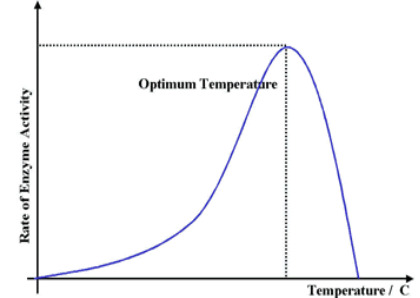
Effect of pH
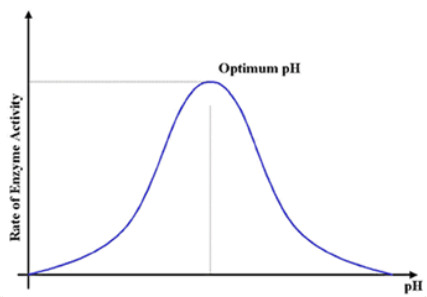
2 notes
·
View notes
Text
Enzymes
Catalyst: a substance that speeds up a chemical reaction and is not changed by the reaction.
Enzymes: proteins that function as biological catalysts.
Enzymes lowers amount of energy needed for reaction to take place.
Lock and key theory:

Substrate: the molecule(s) before they are made to react
Product: the molecule(s) that are made in a reaction
Catabolic reaction: molecules are broken down
Anabolic reaction: molecules are combined (reverse of the diagram above)

Effects of pH on Enzymes
Enzymes are sensitive to pH
Some enzymes work best in an acid and others in an alkaline
If the pH is changed then the enzyme will denature and will no longer fit with the substrate- no reaction will take place
Enzymes work best at their optimum pH
3 notes
·
View notes
Text
Osmosis
Diffusion of water molecules from a region of their higher concentration to a region of their lower concentration, through a partially permeable membrane.
Conc. of solute outside cell = conc. inside cell → no change in size
Conc. of solute outside cell > conc. inside cell → cell shrinks
Conc. of solute outside cell < conc. inside cell → cell swells
In Animals:
Increasing solute concentration inside of cell can cause cell to explode as a result of it having too much water, crenation.
In Plants:
Increasing solute concentration inside of cell causes cell to become turgid, vacuole fills up.
Decreasing solute concentration inside of cell causes cell to become flaccid, losing water and vacuole gets smaller. Cell body shrinks, pulling away from the cell wall.
4 notes
·
View notes
Text
Active Transport
Movement of ions in or out of a cell through the cell membrane, from a region of lower concentration to a region of higher concentration against a concentration gradient, using energy released during respiration.
Active transport is needed when an organism wants to optimize the amount of nutrients it can take up - ion uptake by root hairs and uptake of glucose by epithelial cells of villi.
8 notes
·
View notes
Text
Diffusion
This is the movement of molecules from a region of high concentration to a region of low concentration down the concentration gradient.
This results in random movement of molecules until equilibrium is reached
The diffusion of gases and solutes is important as without it, molecules which are needed for life, for example glucose and oxygen for respiration, would not be able to get to the places they are needed. Water is needed as a solvent
4 notes
·
View notes
Text
Size of Specimens

5 notes
·
View notes
Text
LEVELS OF ORGANIZATION
Organelle: a specialized part of a cell that has its own function, e.g. the nucleus
Cell: the smallest part of a living structure that can operate as an independent unit e.g. red blood cell
Tissue: a group of cells with similar structures, working together to perform a shared function e.g. muscle tissue
Organ: a structure made up of a group of tissues, working together to perform specific functions e.g. the heart
Organ system: group of organs with related functions, working together to perform body functions e.g. respiratory system
Organism: an individual made of organ systems which work to keep that organism alive e.g. a human
8 notes
·
View notes
Text
Cell Structure and Organization
All living things are made of cells.
All typical cells have: o Cell membrane: deferentially or partially permeable to allow certain substances to enter and leave the cell.
Cytoplasm: where chemical reactions take place o Nucleus: contains DNA and controls the cell o Mitochondria: organelle where aerobic respiration happens.
A typical animal cell (e.g. the liver cell) has all the above things.
Only plant cells have:
Vacuole: stores food & water & helps to maintain shape of cell
Cell wall: rigid to keep shape of cell
Chloroplasts: contain chlorophyll, which absorbs light energy for photosynthesis
A typical plant cell (e.g. the palisade cell) has all the aforementioned things.

3 notes
·
View notes
Photo




2 notes
·
View notes
Text
Simple Keys
There are other classification systems e.g. cladistics (based on RNA/DNA sequencing data)
Dichotomous Key
Dichotomous Key uses visible features to classify organisms. It is which gives you a choice of two features and you follow the one that applies: each choice leads to another choice until the organism is narrowed down to its genus and finally species.
#IGCSE#Biology#Revision#Simple Keys#Dichotomous Keys#IGCSE Revision#DNA#RNA#Sequencing#Classification#Classification and Diversity of Living Organisms#1
2 notes
·
View notes
Text
Monocotyledons Vs. Dicotyledons
Monocotyledons
One Cotyledon
Parallel Veins
Fibrous root
Floral parts in 3s
Dicotyledons
Two cotyledons
Veins net like (compound veins)
Taproot present
Floral parts in 4s or 5s
#IGCSE#Biology#Revision#1#Monocotyledons#Dicotyledons#IGCSE Biology#Classification and Diversity of Living Organisms
3 notes
·
View notes
